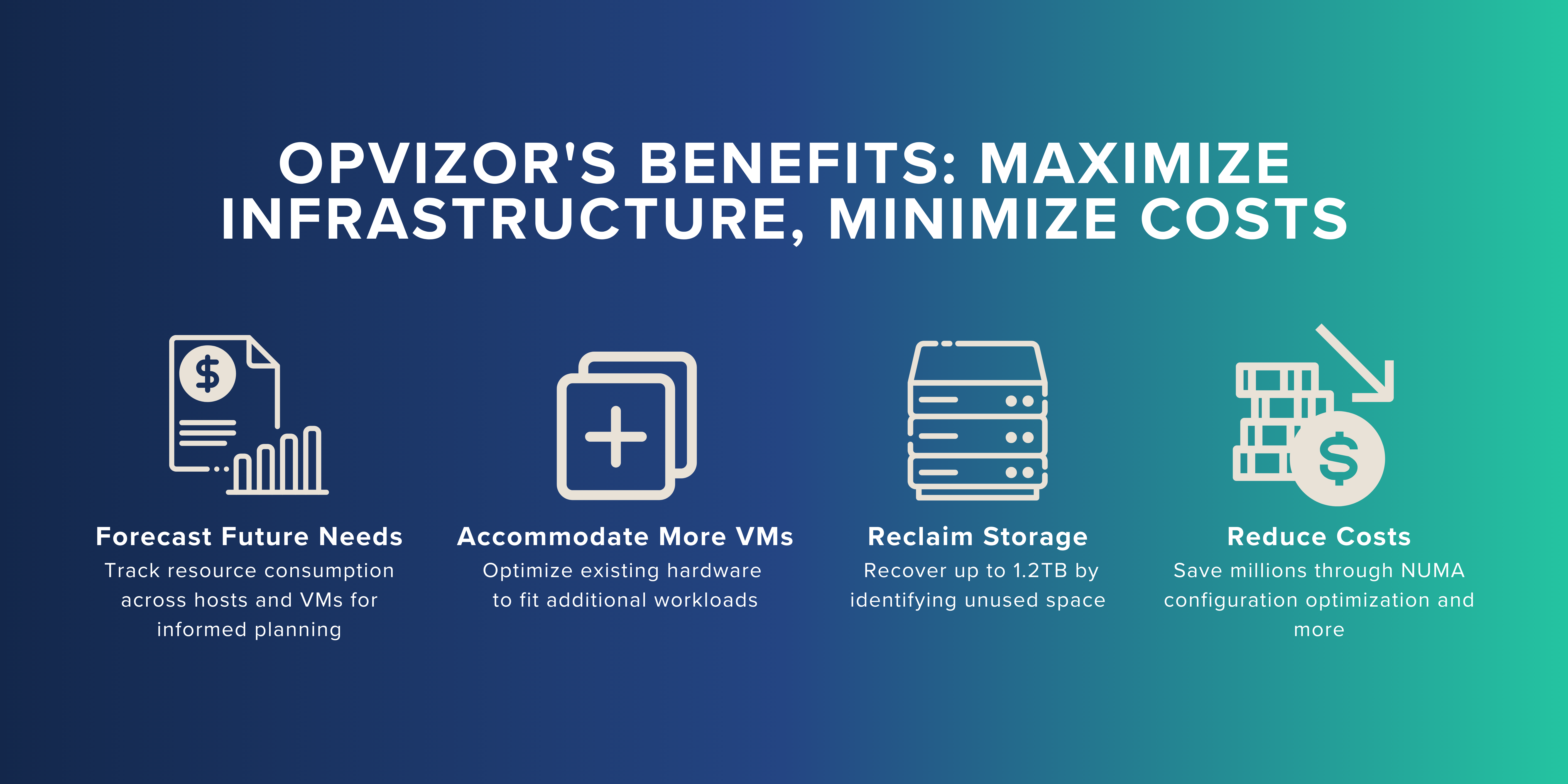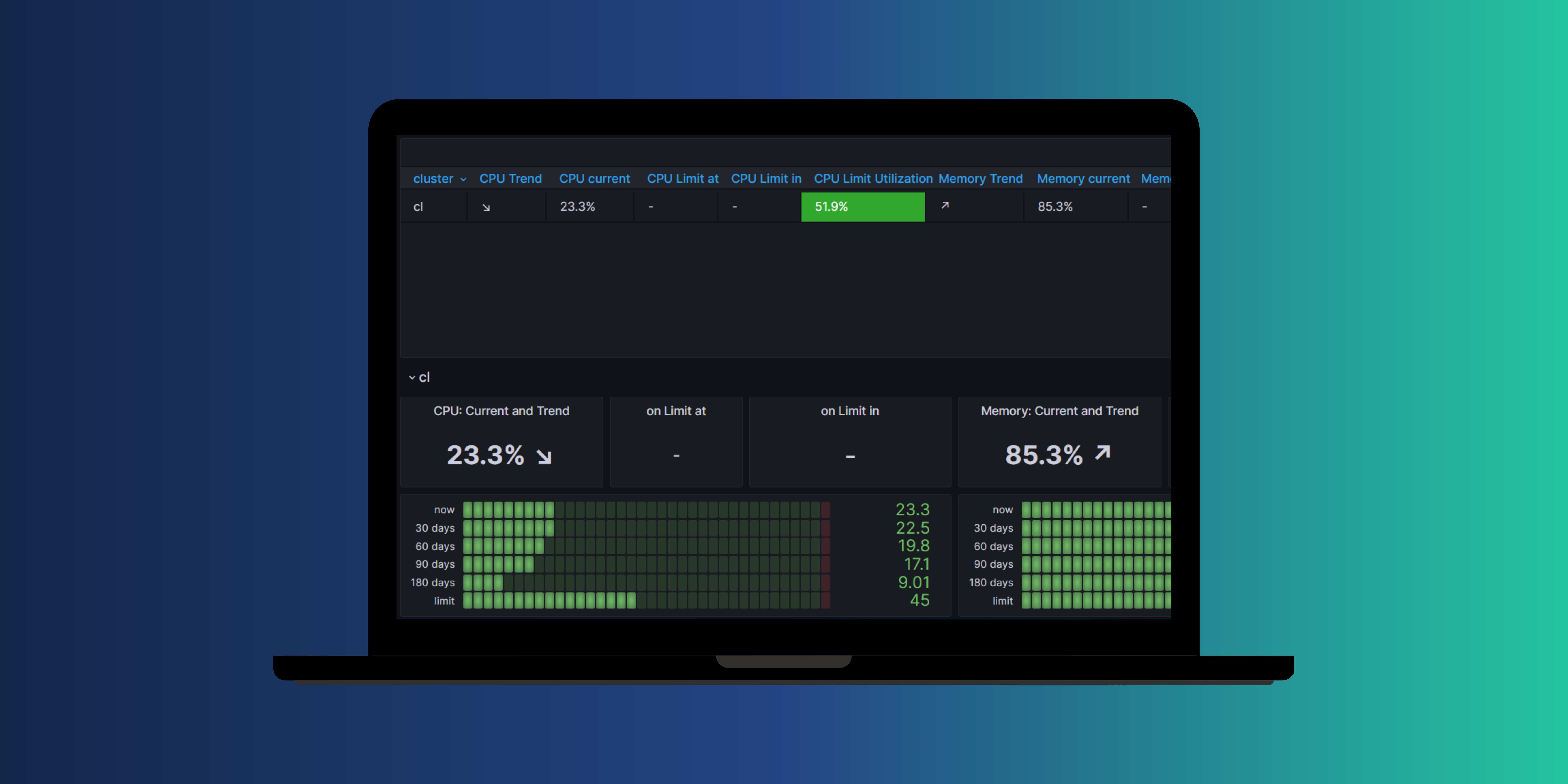Broadcom's VMware Acquisition: Exploring the Challenges
Introduction
Last year, Broadcom's acquisition of VMware sent shockwaves through the tech world. While Broadcom aims to double VMware's revenue in the next three years, users are now feeling the effects, primarily through price hikes and the end of perpetual licenses.
Beyond the immediate concerns of rising costs and licensing changes, the Broadcom acquisition casts a longer shadow for the future of VMware. Some experts worry that Broadcom's focus on short-term financial gains could stifle innovation, an area where VMware has historically excelled. The company's track record with previous acquisitions suggests a potential shift towards prioritizing hardware sales over software development, potentially leaving users with fewer cutting-edge options in the long run.
Additionally, the uncertainty surrounding future product roadmaps and support could push hesitant customers towards alternative solutions, eroding VMware's market share and influence in the virtualization landscape. While the short-term financial impact is undeniable, the true consequences of this acquisition may only become fully apparent in the years to come.
.jpg?width=1200&height=630&name=Codenotary_Asset%20(6).jpg)
Rising Prices and Customer Concerns
Price hikes were somewhat anticipated, but the reality has hit hard. Complaints on platforms like LinkedIn and Reddit highlight renewal quotes from VMware sales representatives that have increased by 300%. A recent Forrester report suggests that 20% of current VMware users plan to explore alternatives in 2024 due to significant price hikes, declining support, and forced subscriptions to software bundles, where some modules remain unused. Many enterprises opt to optimize their existing infrastructure to mitigate these price hikes. Switching to an alternative virtualization solution isn't always feasible in the short term due to deep ties with VMware. However, even these larger players are exploring ways to minimize their exposure.
Optimizing resource allocation, negotiating multi-year contracts, and leveraging open-source alternatives for non-critical workloads have emerged as popular strategies. Meanwhile, smaller businesses have more agility. They can readily explore alternative solutions like open-source platforms or offerings from competitors, potentially leading to significant cost savings. The coming months will be crucial in revealing how different segments of the market adapt to the new VMware landscape, with the potential for a reshuffling of the virtualization market share.
The Broader Challenges
Beyond the Broadcom acquisition, economic uncertainties are putting pressure on organizations to cut costs. Simultaneously, teams are seeking efficiency in managing both VMs and containers to future-proof their workloads. Transitioning workloads to containers isn't always practical and can be resource-intensive.
Unlike VMs, containers share the operating system and require careful planning to isolate applications and ensure security. Additionally, not all applications are easily transitioned, particularly those with complex dependencies or legacy codebases. Organizations must carefully weigh these factors against the potential benefits to determine if the transition to containers aligns with their specific needs and resource constraints. Ultimately, achieving efficiency and future-proofing workloads often requires a hybrid approach, leveraging both VMs and containers strategically based on individual workload requirements and the organization's unique technical capabilities and resource limitations.
Opvizor: Your Solution
Regardless of your plans, Opvizor offers a comprehensive solution to monitor and optimize your infrastructure for companies like Motorola and Siemens. Here's how Opvizor can help you navigate these challenges:
Resource Planning: Opvizor allows you to track host and VM resource consumption over time, helping you forecast future resource needs.
Optimizing Existing Hardware: Identify how many new VMs can be accommodated on your existing hardware, maximizing your infrastructure utilization.
Reclaiming Storage Space: Opvizor aids in recovering storage space, with examples of up to 1.2 TB of space reclaimed within a few weeks by recognizing unused VMDKs, leftover VMs, and old snapshots.
Cost Savings: Opvizor can help save substantial investments. Some customers have optimized NUMA configurations, resulting in savings of up to $2 million.

You can see our demo environment to explore our out-of-the-box dashboards that provide real insights. If you decide to test it for yourself, you can see real data within the first 30 minutes.
As you face the challenges of increased costs and changing VMware licenses, Opvizor empowers you to optimize your infrastructure, identify performance bottlenecks, and make data-driven decisions for a more cost-effective future.

Conclusion
The immediate impact on users is reflected in rising costs, disrupted license models, and growing apprehensions about Broadcom's focus on short-term financial gains potentially compromising VMware's historical innovation prowess. Complaints about substantial price hikes and the shift towards forced subscriptions have fueled discontent among users, leading some to explore alternative solutions. Enterprises, tied to VMware, are adopting strategies to optimize existing infrastructure, negotiate contracts, and consider open-source alternatives to mitigate the financial implications. The broader challenges of economic uncertainties and the ongoing push for efficiency in managing both VMs and containers further complicate the landscape.
The true ramifications of this acquisition may only become fully apparent in the coming years, as users adapt and the virtualization market undergoes potential reshuffling.